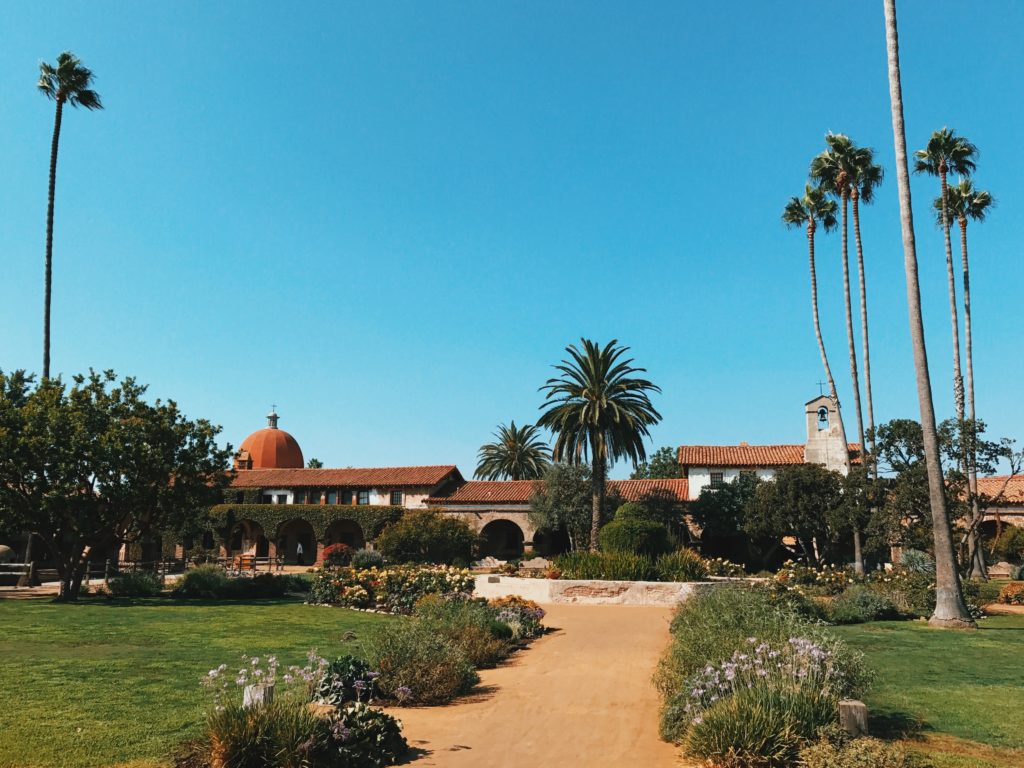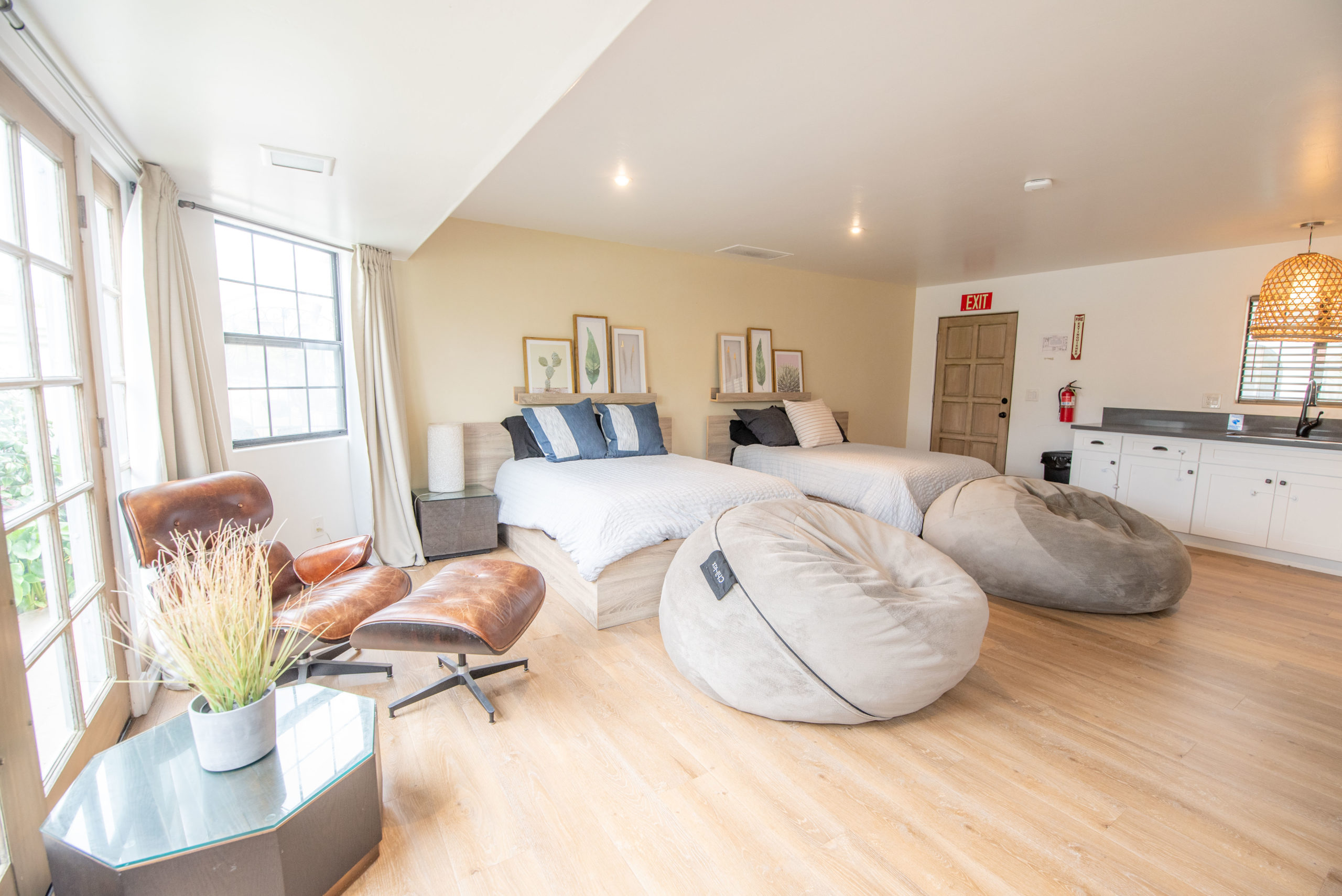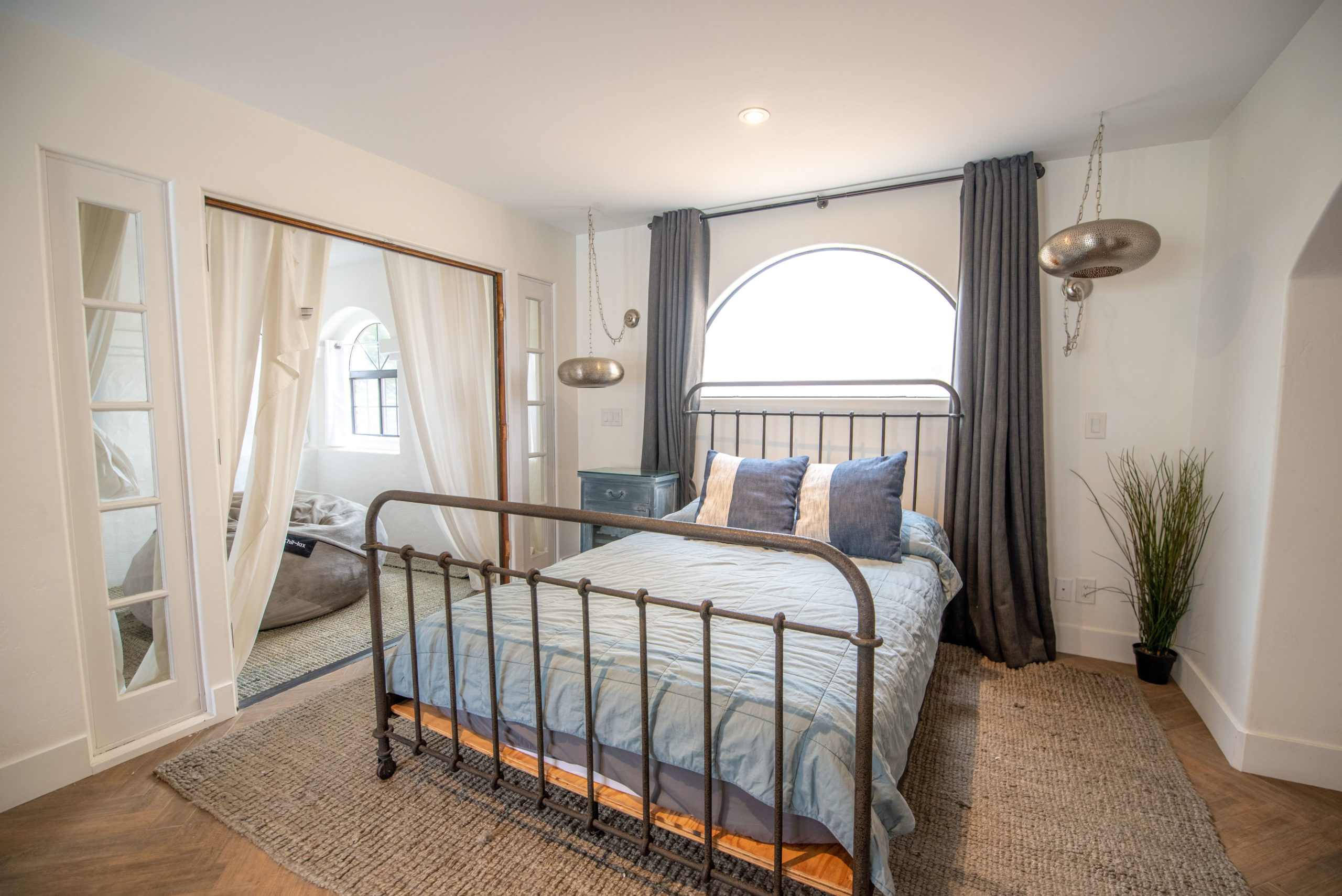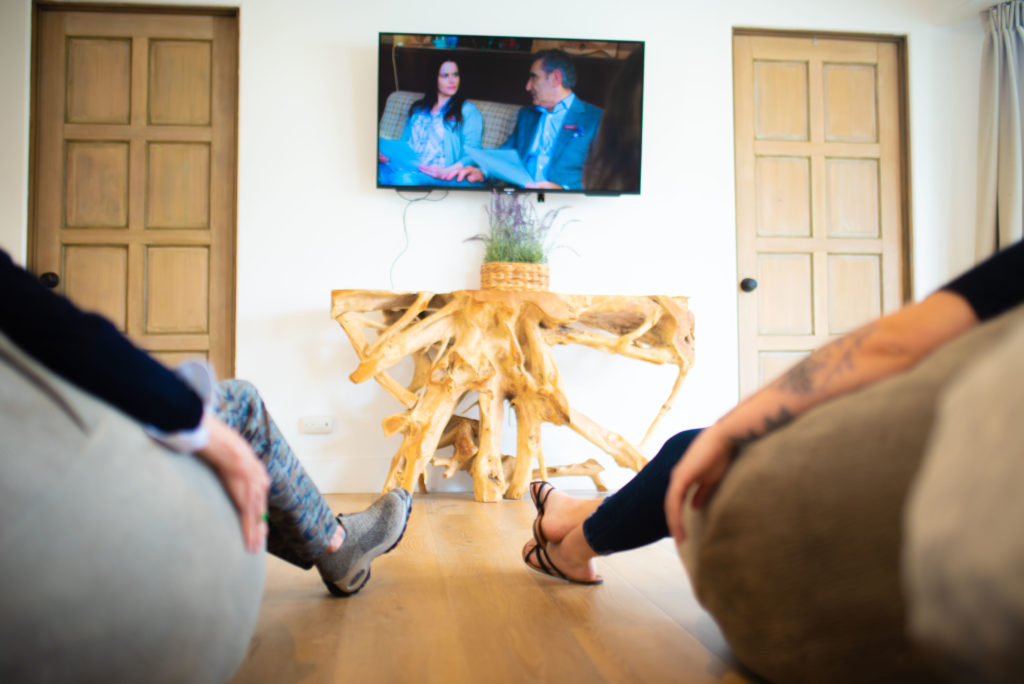Luxury Addiction Treatment San Juan Capistrano
San Juan Capistrano Drug & Alcohol Rehab
Find out why Indah Recovery is your top choice when seeking treatment addiction treatment near Newport Beach, California.
San Diego
Learn how we can help San Diego residents with our expert addiction treatment options.
Laguna Beach
We offer world-class addiction treatment for Laguna Beach residents at Indah Recovery.
Newport Beach
Find out why we are one of your best options when looking for treatment in Newport Beach.

The Effects of Substance Abuse
Addiction in San Juan Capistrano
San Juan Capistrano is the historical center of Orange County with its past obvious through its focus on historical sites, tourism, and trolley, but its future is impacted by the drug and alcohol problem coursing through the United States.
2020 statistics indicate that drugs and alcohol took approximately 200,000 lives in the United States, which is an additional twenty to thirty-thousand people in one year. The mental and physical effects of the COVID-19 pandemic have created nationwide backlogs for rehabilitation facilities, shortages related to life-saving medications, and additional health risks for emergency health care workers combating overdoses.
Free, Personalized Recommendations for Treatment
Request a 100% Confidential Callback
Addiction Statistics in San Juan Capistrano
The Real Facts About Addiction
San Juan Capistrano has been in the news multiple times in the last few years in reference to the alcohol and drug issues residents in the city are dealing with. Local news reports from 2017 comment on the rate of fatal overdoses being well over the county average, while more recent comment on the increase in homelessness related to drug and alcohol use.
Part of Orange County California, the city of San Juan Capistrano suffers from the overwhelming amount of drugs and alcohol available in the area.
The California Office of Traffic Safety statistics show that 30% of all fatal motor vehicle accidents (MVAs) occur with individuals who had a Blood Alcohol Content (BAC) of .08 or higher. Additionally, state statistics show that of the number of people tested 50% tested positive for either legal prescription or illegal street drugs. This trickles down to statistics at the county level as well. Local Orange County lawyers indicate that in a year’s-time there were 114 DUI checkpoints across the county.
The Orange County Coroner’s Report indicates that in 2020 the only drug tested for that did not increase out of the big hitters – Methamphetamine, Heroin, Fentanyl, THC (found in marijuana), and Cocaine- was Heroin. This is thought to be due to the over double number of deaths due to Fentanyl.
While the county wide coroner’s report indicates that 668 individuals died of an overdose, it also says that over 4,000 people declined an autopsy.
These startling statistics translate into a higher need for rehabilitation and mental health resources. According to Orange County’s Healthier Together initiative, 1 in 6 county residents report needing help to manage their mental health and/or substance abuse. It also indicates that Orange County has a higher rate of hospitalization than 75% of other California counties. The OCHT initiative also takes local statistics, and indicates that in 2018, the information collected shows that 17.8% of San Juan Capistrano adults binge drink which is higher than the national average of 16.4%.
The Orange County Social Services Association lists approximately 30 substance abuse resources for county residents, indicating the dedication to supporting individuals struggling with substance abuse in the county. But what is really necessary when searching for a drug and alcohol rehab in San Juan Capistrano?
Searching for the Right Rehab
What to Look for in a San Juan Capistrano Drug & Alcohol Rehab Center
Searching for a rehab in San Juan Capistrano can be a daunting task. Looking for a rehab for yourself or a loved one comes with many questions about what type of treatment is best, what style of therapy should I look for, how will I pay for this, and what makes this the right location for me.
The great news is you can find a well-fitting rehab by looking at four specific things: the type of treatment, the style of therapy, payment options, and amenities. These four items are especially crucial to setting the foundation for a lifetime of sustainable sobriety.
When determining the type of treatment you are looking for, you can select how substance abuse rehabilitation is going to impact your life. There are many different types, but the important ones to know and decide between are residential inpatient care and intensive/outpatient care. While all addiction treatment (generally) begins with detoxification, it should be followed up by either inpatient or outpatient care. Detoxification should be done under the care of a medical professional. Either monitored by a doctor from home, in a hospital setting, or through a comprehensive addiction treatment program at a high-quality facility.
Inpatient residential care takes place at a treatment facility. This can be a location near where you live or further away, but you will be living at the residential facility throughout treatment. Through this process you will receive intensive therapeutic treatment and can recover in a safe and drug-free environment where you can focus on learning the skills necessary for staying away from drugs in the real world. Residential care is the most restrictive form of rehabilitation, but it is often the starting point in building a solid foundation for mental health and sobriety.
Intensive outpatient programs or outpatient care occurs when the individual attends frequent sessions at a rehab facility but lives at home. This allows the client to maintain work or home responsibilities while also focusing on managing their addiction. This is for individuals with no other mental health concerns, who have a strong supportive home environment, and are motivated to get clean. This is often a second step after completing a residential program, for individuals who have a “milder” addiction, or for individuals who experienced a relapse and want to work on rebuilding their skills for sobriety.
The next thing to search for is the style of therapy. When it comes to addiction treatment centers, most will have some form of Cognitive Behavioral Therapy (it is the best for addiction treatment), but you should also be looking at the additional therapies the treatment center offers. Many additional treatments are available to improve both the physical and spiritual well-being. Alternative therapies may include Reiki, yoga, mindfulness, motivational interviewing, biofeedback, and other specific therapies to treat things like PTSD or anxiety.
After you have determined the type of treatment and style of therapy you believe would be beneficial, it is important to consider how this is going to be paid for. Most insurance companies will cover SOME addiction treatment. Additionally, selecting an addiction treatment center that accepts your insurance policy is key in receiving the most benefits. To be sure of your coverage, contacting your insurance company and the treatment facilities you are researching is recommended.
The last thing you should consider once you have the payment, type, and style figured out is what will make this location work for you, and that has to do with the amenities. Amenities can be things like additional privacy with private or semi private rooms instead of large, shared rooms, or an exercise/work-out room instead of just having free-weights in a common area. In this sense, amenities apply to anything that makes a facility better than just a room and therapy.
By determining what you’re looking for with these four requirements, you can narrow down exactly what you are looking for, and we think it’s the comprehensive rehabilitation program at Indah Recovery.

Explore Facility

What to Expect
Get Real Help, From Real People.
We are Here to Help - Day or Night.
Our caring team of treatment coordinators are standing by waiting to help you find the treatment options that meet your personal needs. Get a free consultation day or night and let our caring team help you find lasting recovery from drug & alcohol addiction right now.
Indah Recovery Can Help You Recover
How Our San Juan Capistrano Treatment Center is Different
Indah Recovery is a comprehensive drug and alcohol addiction treatment near San Juan Capistrano. Our treatment facility combines state-of-the-art treatment with holistic healing to create an environment focused on the safety and recovery necessary after struggling with addiction.
Our inpatient rehab in Orange County offers the best of traditional evidence-based practices in combination with holistic therapeutic treatments that focus on healing the mind, body, and spirit. Our San Juan Capistrano rehab center creates individualized treatment plans based on our client’s personal growth goals.
Our Dana Point rehab location boasts semi-private rooms, spa-like amenities, and top-notch outdoor recreation areas and pools. Through the creation of a relaxing environment, we encourage our clients to focus on their personal needs and goals.
Begin Your Journey to Lasting Recovery
Restart Your Life at Our Drug & Alcohol Rehab Near San Juan Capistrano
Contact us today to see how our luxury rehab center in California can help you feel at home with personalized compassionate care. Reach out today to speak with our experts about addiction, insurance, and our high-quality rehabilitation program.

Paying for Treatment
We Work With Most Major Insurance
Did you know that most private PPO & POS insurance plans will help cover up to 100% of the costs associated with treatment at Indah Recovery? Get a free consultation right now to find out your options for treatment. Whether you come to our program or not, we will make sure you find the treatment options that fit your individual needs when seeking treatment for substance abuse.
Change Your Life With a Single Click
Begin Your Journey to Recovery
Our caring team of treatment coordinators are standing by waiting to help you find the treatment options that meet your personal needs. Get a free consultation day or night and let our caring team help you find lasting recovery from drug & alcohol addiction right now.


